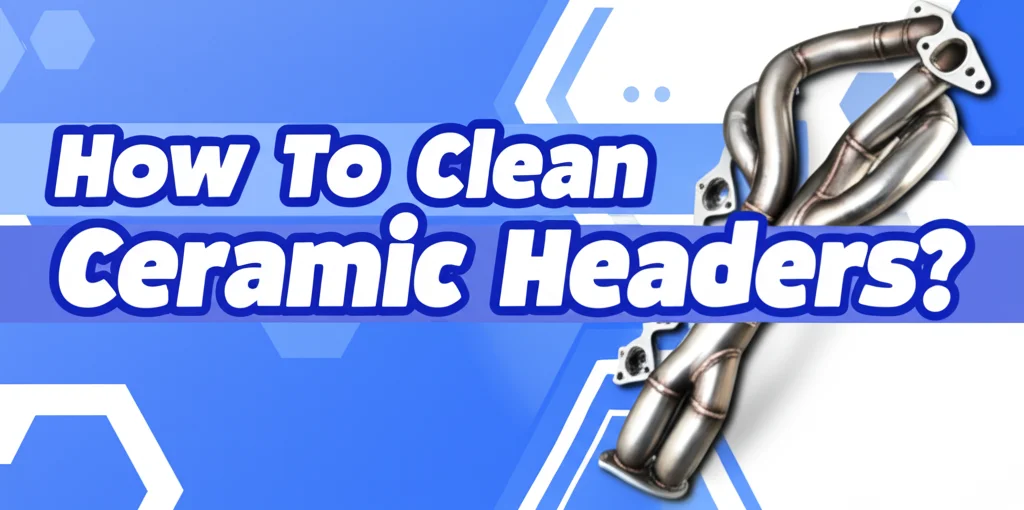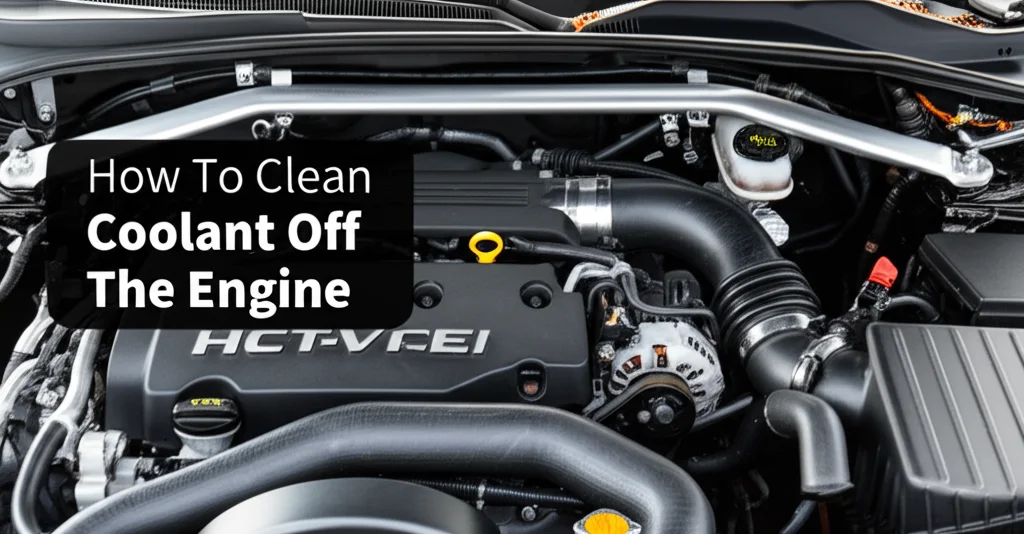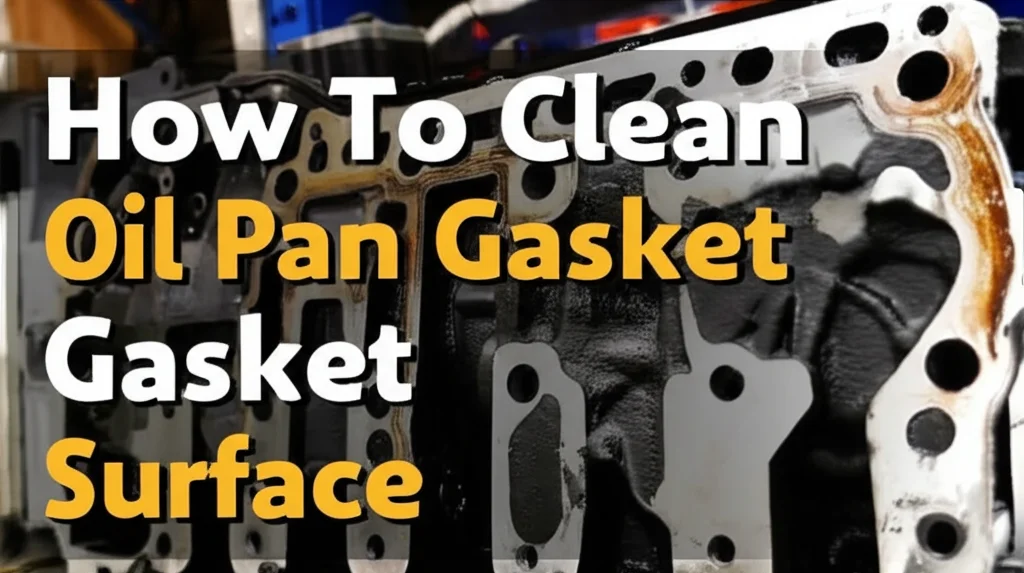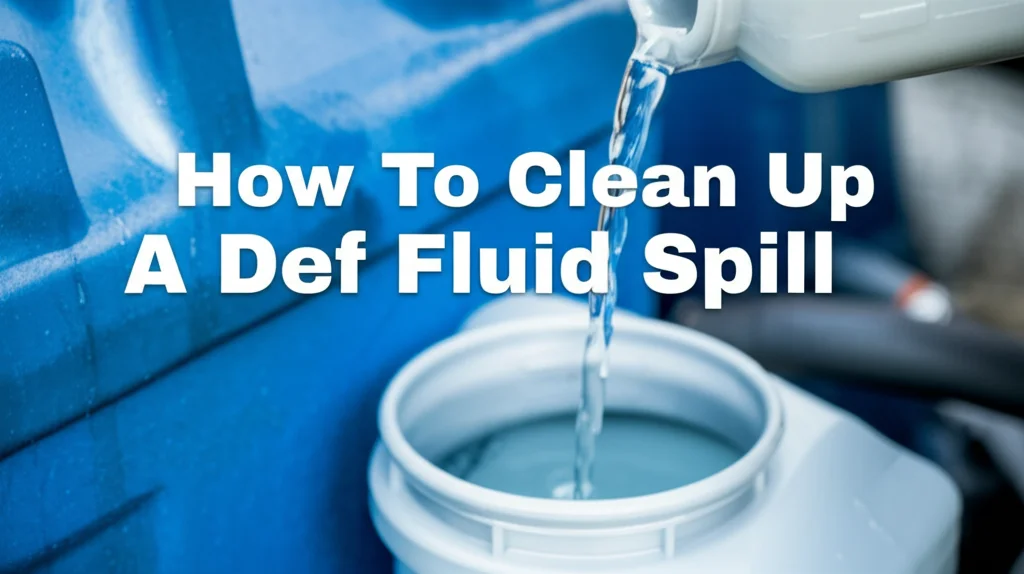· Auto Maintenance · 7 min read
How To Clear A Clogged Oil Line?
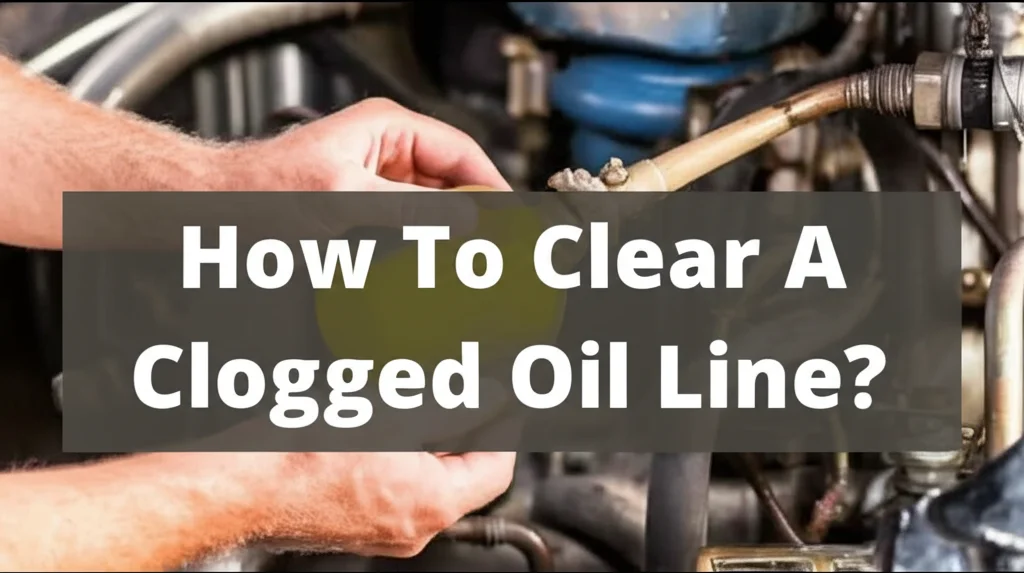
How To Clear A Clogged Oil Line?
Have you noticed your engine’s oil pressure dropping, or are you hearing unusual noises? A clogged oil line could be the culprit. Don’t panic! A clogged oil line restricts the flow of vital lubrication to your engine, potentially causing serious damage if left unaddressed. This article will guide you through the process of diagnosing and clearing a clogged oil line, helping you keep your engine running smoothly. We’ll cover everything from identifying the symptoms to the safest methods for restoring proper oil flow.
Here’s a quick answer: Clearing a clogged oil line typically involves locating the blockage, disconnecting the line, and flushing it with a solvent like mineral spirits or specialized oil system cleaner. Always consult your vehicle’s repair manual and prioritize safety by disconnecting the battery and wearing appropriate protective gear.
Key Takeaways:
- Identify the symptoms of a clogged oil line early.
- Always disconnect the battery before working on the oil system.
- Use appropriate solvents for flushing the line.
- Replace the oil filter after clearing the clog.
- Monitor oil pressure after the repair.
Understanding Your Vehicle’s Oil System
Before diving into clearing a clog, it’s important to understand how your vehicle’s oil system works. The oil pump circulates oil from the oil pan, through the oil filter, and then to various engine components like the crankshaft, camshaft, and pistons. Oil lines are the pathways for this crucial fluid. These lines are typically made of metal or reinforced rubber and can become restricted over time. Knowing the system helps you pinpoint where a blockage might occur. A healthy oil system is vital for reducing friction, dissipating heat, and removing debris, all of which contribute to a longer engine life.
Common Causes of Oil Line Clogs
Several factors can contribute to a clogged oil line. Sludge buildup from infrequent oil changes is a major cause. Old, degraded oil thickens and forms deposits that restrict flow. Small metal particles from engine wear can also accumulate and create blockages. Sometimes, debris from a failing oil pump or a collapsing oil filter can enter the lines. Understanding these causes can help you prevent future clogs through regular maintenance. Ignoring these issues can lead to significant engine damage, so proactive care is essential.
Identifying a Clogged Oil Line: Recognizing the Signs
Early detection is key when dealing with a clogged oil line. One of the most common signs is a low oil pressure reading on your dashboard. This warning light indicates that the engine isn’t receiving adequate lubrication. You might also hear a rattling or knocking sound coming from the engine, especially during startup. These noises are often caused by metal-on-metal contact due to insufficient oil cushioning. Other symptoms include overheating, reduced engine performance, and, in severe cases, engine seizure. If you notice any of these signs, it’s crucial to investigate immediately.
Diagnosing the Clog: Where to Look
Pinpointing the exact location of the clog can be tricky. Start by checking the oil filter – a clogged filter can restrict oil flow and mimic the symptoms of a clogged line. Next, visually inspect the oil lines themselves for any kinks, bends, or obvious damage. You can also use a pressure gauge to test the oil pressure at various points in the system. A significant pressure drop between two points indicates a blockage in the line connecting them. If you’re not comfortable performing these tests yourself, it’s best to consult a qualified mechanic.
Safely Clearing the Clogged Oil Line: Step-by-Step Guide
Now, let’s get to the process of clearing the clog. Safety first! Disconnect the negative terminal of your car battery to prevent any electrical issues. Wear safety glasses and gloves to protect yourself from oil and solvents.
- Locate the Clogged Line: Based on your diagnosis, identify the specific oil line that’s blocked.
- Disconnect the Line: Carefully disconnect the line at both ends. Have a drain pan ready to catch any spilled oil.
- Flush the Line: Use a solvent like mineral spirits or a dedicated oil system cleaner to flush the line. You can use a small pump or compressed air to force the solvent through. Ensure the solvent is compatible with the line’s material.
- Inspect for Debris: Examine the flushed-out debris to understand the nature of the clog. This can help you identify the root cause of the problem.
- Reassemble and Test: Reconnect the oil line securely. Start the engine and monitor the oil pressure. Check for any leaks around the connections.
Choosing the Right Cleaning Solvent
Selecting the appropriate cleaning solvent is crucial. Mineral spirits are a common choice, as they effectively dissolve oil sludge and deposits. However, always check your vehicle’s repair manual for specific recommendations. Some manufacturers may advise against using certain solvents. Specialized oil system cleaners are also available, designed to safely remove contaminants without damaging seals or gaskets. Avoid using harsh chemicals like brake cleaner, as they can harm the oil system components.
Preventing Future Clogs: Maintenance is Key
Once you’ve cleared the clog, it’s important to take steps to prevent it from happening again. Regular oil changes are the most effective preventative measure. Follow your vehicle’s recommended oil change interval, and always use a high-quality oil filter. Consider using a synthetic oil, which is more resistant to breakdown and sludge formation. Avoid prolonged periods of idling, as this can contribute to oil degradation. Regularly inspect your oil lines for any signs of damage or wear.
The Importance of Oil Filter Replacement
Always replace the oil filter when clearing a clogged oil line. A clogged or failing oil filter can contribute to the blockage and can re-contaminate the system after you’ve cleared the line. Choose a high-quality oil filter that meets or exceeds your vehicle’s specifications. Properly dispose of the old oil filter according to local regulations. A new oil filter ensures that the oil circulating through your engine is clean and free of contaminants.
FAQ: Addressing Common Concerns
Q: How long can an engine run with a clogged oil line? A: It depends on the severity of the clog, but even a short period can cause significant damage. It’s best to address the issue immediately to prevent engine failure.
Q: Can I use compressed air to clear the oil line? A: Yes, but use it with caution. Low-pressure compressed air can help flush out debris, but high pressure can damage the line or its connections.
Q: What if I can’t locate the clog? A: If you’re unable to pinpoint the blockage, it’s best to consult a qualified mechanic. They have the tools and expertise to diagnose and repair the problem.
Q: Is it normal for the engine to make noise after clearing a clogged oil line? A: Some temporary noise is possible as the oil system re-pressurizes and lubricates all components. However, if the noise persists, there may be underlying engine damage.
Conclusion: Protecting Your Engine’s Lifeline
Clearing a clogged oil line is a crucial maintenance task that can save you from costly engine repairs. By understanding the causes, recognizing the symptoms, and following the steps outlined in this guide, you can effectively restore proper oil flow and protect your engine’s health. Remember to prioritize safety, use the right tools and solvents, and maintain a regular oil change schedule. Don’t hesitate to seek professional help if you’re unsure about any part of the process. Keeping your oil lines clear is an investment in the longevity and performance of your vehicle.

